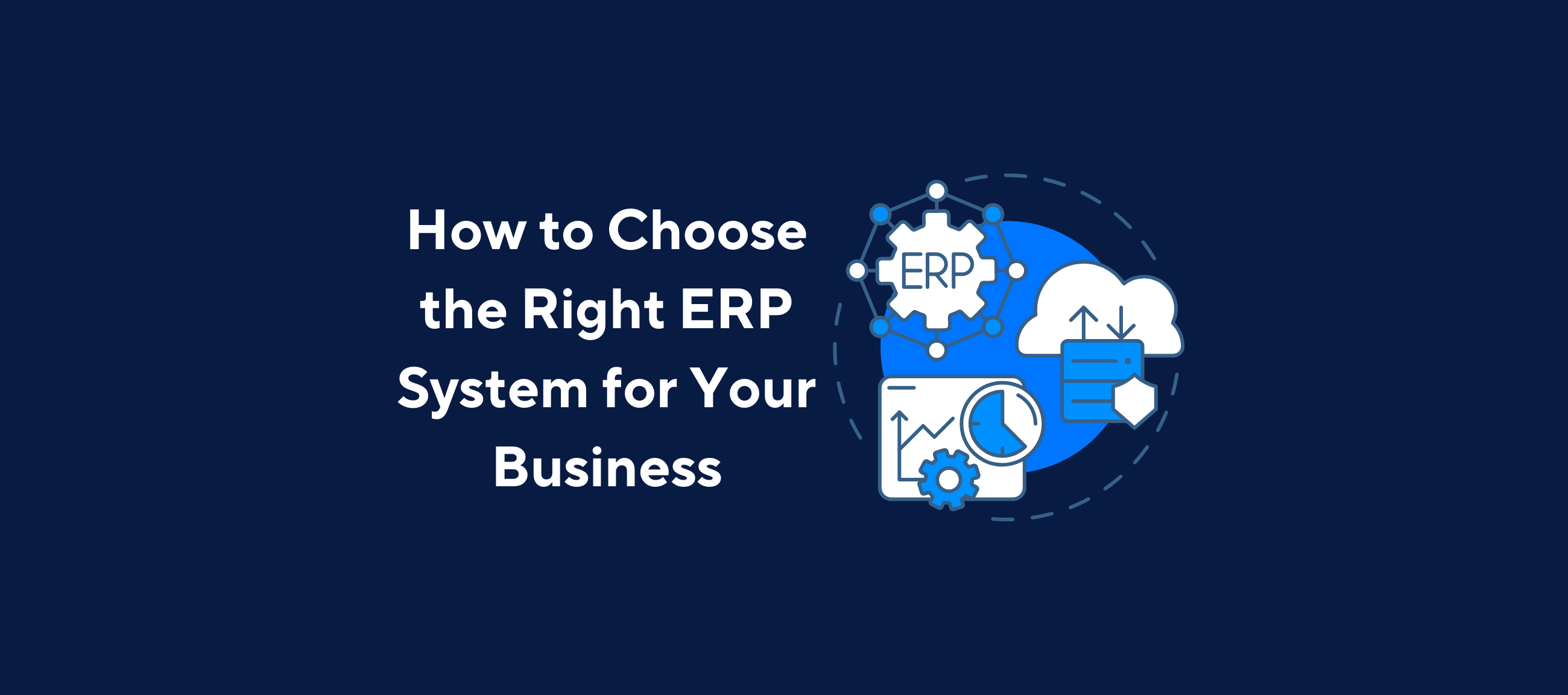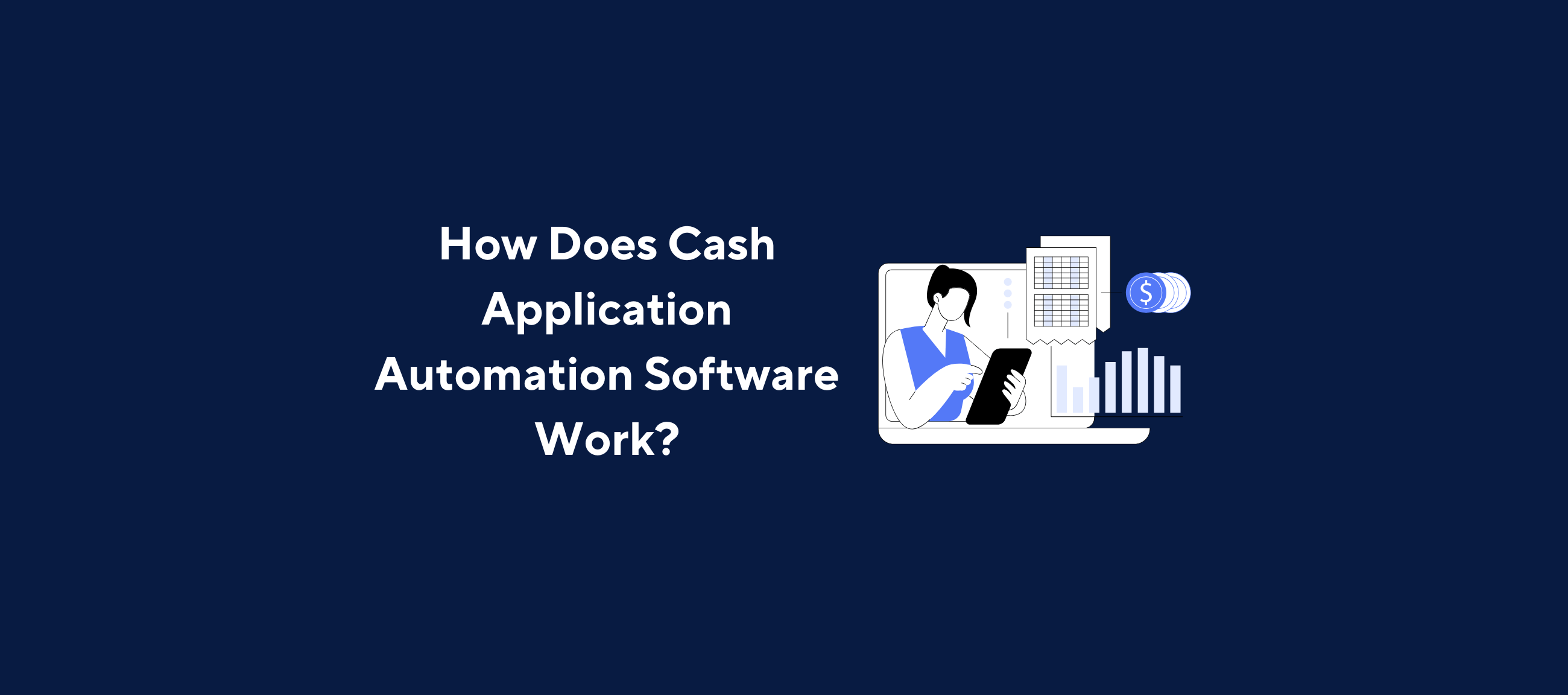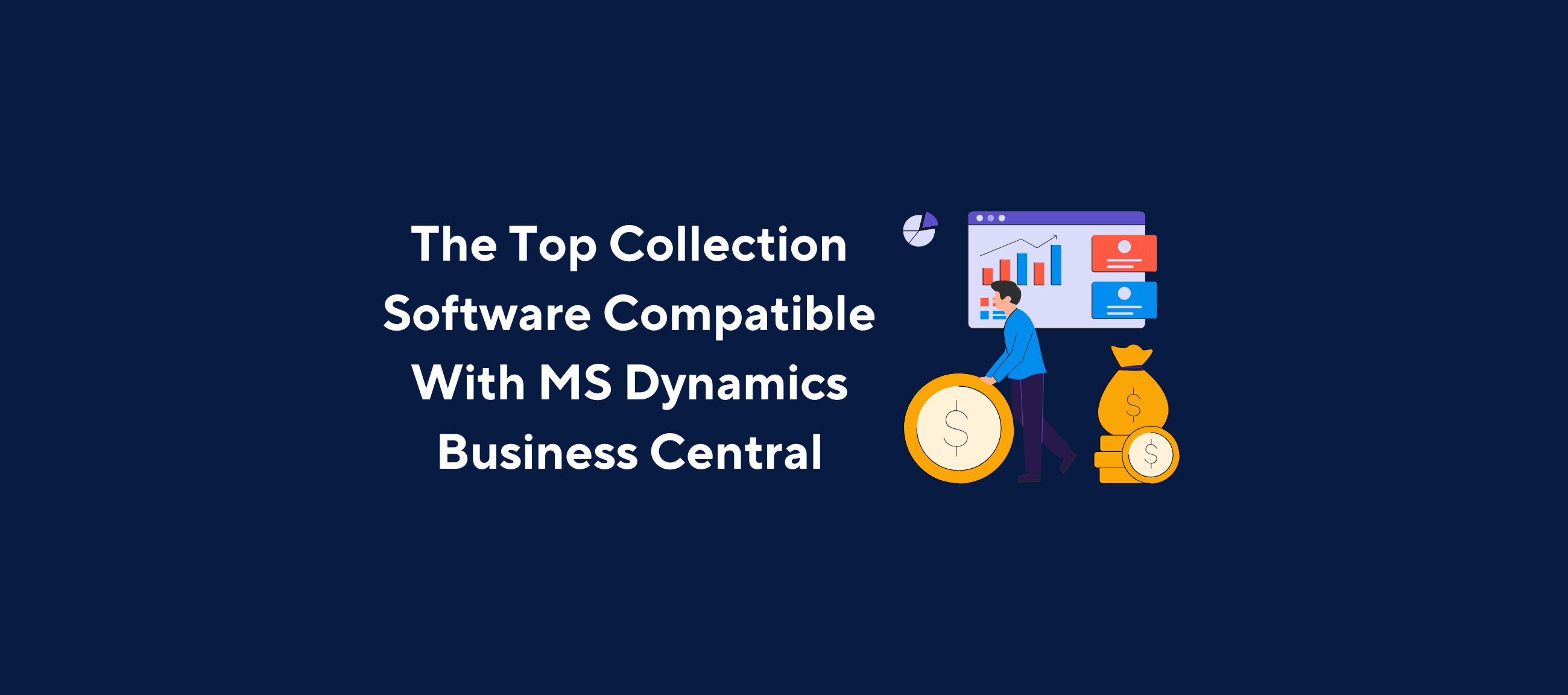“Accounts receivable” (AR) is a crucial element of corporate financial management. Effective management of these accounts is essential to ensure any business’s financial stability and profitability. Yet the journey of accounts receivable management is fraught with pitfalls, and many mistakes can significantly impact a company’s cash flow.
In this article, we’ll take a closer look at the challenges of the AR process and discuss the most common mistakes to avoid.
In This Article
- The importance of effective accounts receivable management
- How does the AR management process work?
- Common mistakes in AR management
- Best practices in accounts receivable
- Using AI to improve the accounts receivable process
The importance of effective accounts receivable management
Accounts receivable management is a critical aspect of a company’s financial health. Effective accounts receivable management ensures timely cash flow, which is essential for meeting operational expenses, investing in growth opportunities, and maintaining financial stability. Without efficient management, a company may face liquidity issues, leading to difficulties in paying suppliers, employees, and other stakeholders, which can ultimately disrupt business operations and damage the company’s reputation.
Furthermore, strong accounts receivable management helps in minimizing the risk of bad debts. By implementing robust credit policies and conducting regular credit assessments, businesses can evaluate the creditworthiness of their customers and set appropriate credit limits.
Additionally, effective management of accounts receivable enhances customer relationships. Clear communication about payment terms and expectations, coupled with timely invoicing and efficient resolution of payment disputes, can build trust and foster long-term partnerships with customers. By providing flexible payment options and demonstrating a commitment to mutually beneficial agreements, businesses can improve customer satisfaction and loyalty. This customer-centric approach not only supports consistent revenue streams but also enhances the company’s market reputation and competitive edge.
How does the AR management process work?
The accounts receivable management process may vary from company to company, but it generally follows the following steps:
Invoice issuance: Everything starts with issuing an invoice once the goods or service have been delivered. The invoice must clearly state the following information: amount, payment date and payment terms. It may also note payment methods or payment options.
Follow-up: Once an invoice has been issued, regular follow-up is essential. This ensures that the customer has received and intends to pay the invoice. It can also help to quickly identify potential problems that could delay payment.
If payment is not received by the due date, following up with the customer is essential. This is usually a gradual process, starting with a friendly reminder and escalating to more severe measures if payment is not made.
Reconciliation: Once payment has been received, it is necessary to reconcile the customer account. This involves checking that the amount received corresponds to the original invoice and ensuring that the payment is correctly recorded in the company’s accounts.
Analysis: Finally, it’s crucial to analyse accounts receivable data regularly. Record keeping and analysis helps finance team members identify trends. For instance, by organizing all DSO data in one place, you can keep an eye on customers who consistently pay late – and take proactive steps to improve the process.
Common mistakes in accounts receivable management
Managing accounts receivable can present several challenges. For example, customers may pay late or not at all, disrupting the company’s cash flow and revenue cycle.
Billing errors, invoice disputes and delays in payment processing can also complicate accounts receivable management.
Accounting is a meticulous exercise, both in terms of filing your documents and receipts- as well as in terms of the rigour and vigilance required in data entry. Throughout the year, pay close attention to the following points to limit errors in your balance sheet and optimize your AR efficiency:
Lack of Clear Credit Policies and Terms
One of the top mistakes in accounts receivable management is neglecting to establish clear credit policies and terms. Without well-defined guidelines, companies may extend credit to customers who have poor credit histories or insufficient financial stability, increasing the risk of bad debts. Additionally, if payment terms are not clearly communicated or enforced, customers might delay payments, leading to cash flow issues for the business. Clear policies help in setting expectations and ensuring that both parties understand the terms of the agreement, thus reducing the chances of payment delays and defaults.
Inconsistent Follow-Up on Outstanding Invoices
Another common mistake is the lack of regular follow-up on outstanding invoices. Many businesses fail to implement a systematic approach for tracking and collecting overdue payments, which can result in significant amounts of receivables aging beyond the acceptable period. Regular monitoring and timely follow-up are essential to ensure that payments are received within the agreed terms. Automated reminders, frequent reconciliations, and proactive customer communications are crucial practices to maintain the health of accounts receivable and prevent cash flow disruptions.
Inadequate Documentation and Record-Keeping
Additionally, inadequate documentation and record-keeping can pose significant challenges in accounts receivable management. Inaccurate or incomplete records can lead to disputes with customers over the amounts owed, due dates, and payment history. This can cause delays in collections and damage customer relationships. Proper documentation, including detailed invoices, payment receipts, and communication logs, is vital for resolving disputes efficiently and maintaining accurate financial records. Implementing robust accounting software and maintaining a thorough audit trail can help businesses avoid these pitfalls and ensure the accuracy and reliability of their accounts receivable information.
Making entries in reverse
It’s a mistake that happens to everyone, even experienced accountants. You enter a supplier credit note as an invoice or vice versa. If you don’t notice the anomaly, you risk paying this credit note to your supplier- even though the supplier owes you the money.
Remember to check the list of payments before validating them. It’s as simple as taking the time to look at the invoice for each payment.
Entering incorrect amounts
When you enter a payment, you may inadvertently generate an incorrect entry. For example, for a receipt of 100.50 euros, you enter 1,000.50 euros- a classic excess zero error. As in the previous case, if it’s a supplier invoice, beware of your cash flow if you send a payment ten times greater than the receipt…
Forgetting to enter invoices or receipts
The omission of invoice or receipt entries is often due to a lack of administrative organization. File all receipts, tickets and invoices as soon as you receive them. In this way, you avoid misplacing them. If accounting entries are missing and the supplier doesn’t show up right away, you run the risk of understating your liabilities. As a result, the profit shown under shareholders’ equity may be overstated.
Duplicate entries
This is another classic mistake, made when you rely on manual processes for data entry. Entering the same invoice or receipt twice will distort the reading of profit and loss, capital, debts and receivables, and even cash flow.
Fortunately, today’s IT solutions usually prevent you from unpleasant surprises of this kind. Recording two items with the same reference (such as the invoice number according to the supplier) is impossible. Similarly, if bank entries integrate themselves into the accounting system, this prevents data entry errors.
Leaving bank reconciliation unfinalized
Today’s accounting tools offer the possibility of reconciling the bank balance in accounting with the bank balance. Any discrepancies must be identified and justified, such as cheques issued but not cashed by your suppliers. An unexplained discrepancy, however slight, can reveal large sums not accounted for on the debit side and other vast totals on the credit side. Bank reconciliations are performed to the nearest cent at least once a month.
Ignoring Early Warning Signs of Non-Payment
Ignoring early warning signs of non-payment is a critical mistake that can lead to significant financial losses. Signs such as repeated late payments, changes in payment patterns, or customer financial difficulties should not be overlooked. Businesses need to have mechanisms in place to detect these warning signs early. Conducting regular credit assessments and monitoring customer payment behaviors can help identify potential risks. Taking proactive measures, such as adjusting credit terms or initiating early collections efforts, can help mitigate the risk of non-payment.
Failing to Use Technology Effectively
Failing to leverage technology effectively is another common mistake in accounts receivable management. Many businesses still rely on outdated or manual systems for tracking and managing receivables, which can be prone to errors and inefficiencies. Implementing modern accounting software that offers features like automated invoicing, real-time tracking, and integrated payment solutions can greatly enhance the efficiency and accuracy of accounts receivable management. Technology can also provide valuable insights through analytics, helping businesses make informed decisions and improve their collections processes.
Best practices in AR management
Now that we’ve explored the accounts receivable management process, it’s time to look at some of the best practices for effectively managing these accounts.
Clear credit policy: A well-defined credit policy is the first step to good account management. It should define who can obtain credit from providers, how much, and under which credit terms.
Fast invoicing: The faster you invoice, the quicker you get paid. So, it’s essential to invoice quickly after product or service delivery.
Payment tracking: It’s essential to keep a close eye on payments and promptly follow up late customers.
Dispute management: Customers may dispute an invoice. It is, therefore, crucial to have an efficient process for resolving these disputes.
Using AI to overcome AR challenges
Checking creditworthiness, verifying payment entries and writing reminders- for a company looking to ensure its own liquidity via accounts receivable, the workload is high. It’s also expensive.
Thankfully, AR automation software is becoming increasingly available on the market, which can vastly streamline this laborious workflow.
The evidence that AI helps companies make accounts receivable management more efficient is strong. McKinsey found back in 2017 that companies using AI in accounting can save up to 40% of the costs associated with this activity. Plus, a report by Capgemini came to the following conclusion: companies that introduce AI-based automation in accounting reduce their costs by 25 to 45 per cent.
AR automation offers better time management, increased productivity and enhanced workflow. In turn, this means better cash flow.
Learn how Kolleno AI copilot helps finance teams to overcome their challenges.
Using AI to improve the AR management process
Receiving and processing invoices: Companies can now use AI to recognise invoices. The aim is to extract and process data automatically. For example, AI can extract relevant information, such as invoice number, invoice date and amount, and transfer it to the accounting system.
Checking payment terms: Companies can use AI to check invoice payment terms automatically. For example, software can determine whether specified payment terms have been met or whether there are any inconsistencies.
Dunning system: AI can be used to automate AI applications that can automatically generate and send reminders to customers based on defined rules and overdue payments. As a result, it improves your collection process, securing faster AR payments. Accounts receivable automation solutions can help you gain an incredible amount of time.
Customer communication: AI-based chatbots can automatically respond to customer queries about invoices and payments. Chatbots can optimize issue resolution by answering common questions, updating payment statuses, or directing the customer concerned to the right contact.
Credit risk assessment: The best AR automation software can leverage AI to help assess the credit risk of individual customers. AI can establish risk profiles and recommend credit limits or payment terms by analysing customer history and payment habits (eg. DSOs).
Automation of routine tasks: Artificial intelligence automates mundane, repetitive tasks such as checking incoming payments, creating invoices or allocating payments to open items. This way, companies have less work and make fewer mistakes.
Earlier detection of payment defaults: Companies can use artificial intelligence algorithms to identify patterns and trends in payment behaviour and history. As a result, payment defaults can be detected earlier. This enables early action to be taken to minimise the risk of non-payment.
More accurate credit assessment: AI can help better assess potential customers’ creditworthiness when analysing customer information. Using machine learning algorithms, companies can make more accurate predictions of customer creditworthiness, thereby reducing the risk of non-payment.
Efficient receivables management: Artificial intelligence software enables companies to define appropriate collection measures. It analyses data such as customer history, payment behaviour and creditworthiness and suggests possible customised collection methods. Thanks to AR metrics dashboards, you have a better insight into your financial management. Better cash flow forecasts tools also enable companies to improve their cash flow forecasts. By analysing past transactions and identifying patterns, AI can help accurately forecast future cash receipts. This allows companies to plan better and manage their finances.
Find out how Kolleno AI copilot can save you hours by automating routine tasks and suggesting the next best action.
Key Takeaways
Accounts receivable management is not only useful to handle your financial management. It’s also about reinforcing your customer relationships. Good accounts receivable management means treating customers with respect, even when they are in arrears. It’s also important to communicate clearly and regularly with customers to avoid misunderstandings and disputes.
Accounts receivable management is not only an essential part of handling your company’s financial management. It requires constant attention, effective monitoring systems and clear communication with customers. Although it may seem complex, effective accounts receivable management can significantly improve a company’s financial health.
Perhaps the best way to avoid the most common errors associated with accounts receivable management might be an AR software. The best AR automation software really can unlock your company’s true potential.
- In This Article
- The importance of effective accounts receivable management
- How does the AR management process work?
- Common mistakes in accounts receivable management
- Lack of Clear Credit Policies and Terms
- Inconsistent Follow-Up on Outstanding Invoices
- Inadequate Documentation and Record-Keeping
- Making entries in reverse
- Entering incorrect amounts
- Forgetting to enter invoices or receipts
- Duplicate entries
- Leaving bank reconciliation unfinalized
- Ignoring Early Warning Signs of Non-Payment
- Failing to Use Technology Effectively
- Best practices in AR management
- Using AI to overcome AR challenges
- Using AI to improve the AR management process
- Key Takeaways










